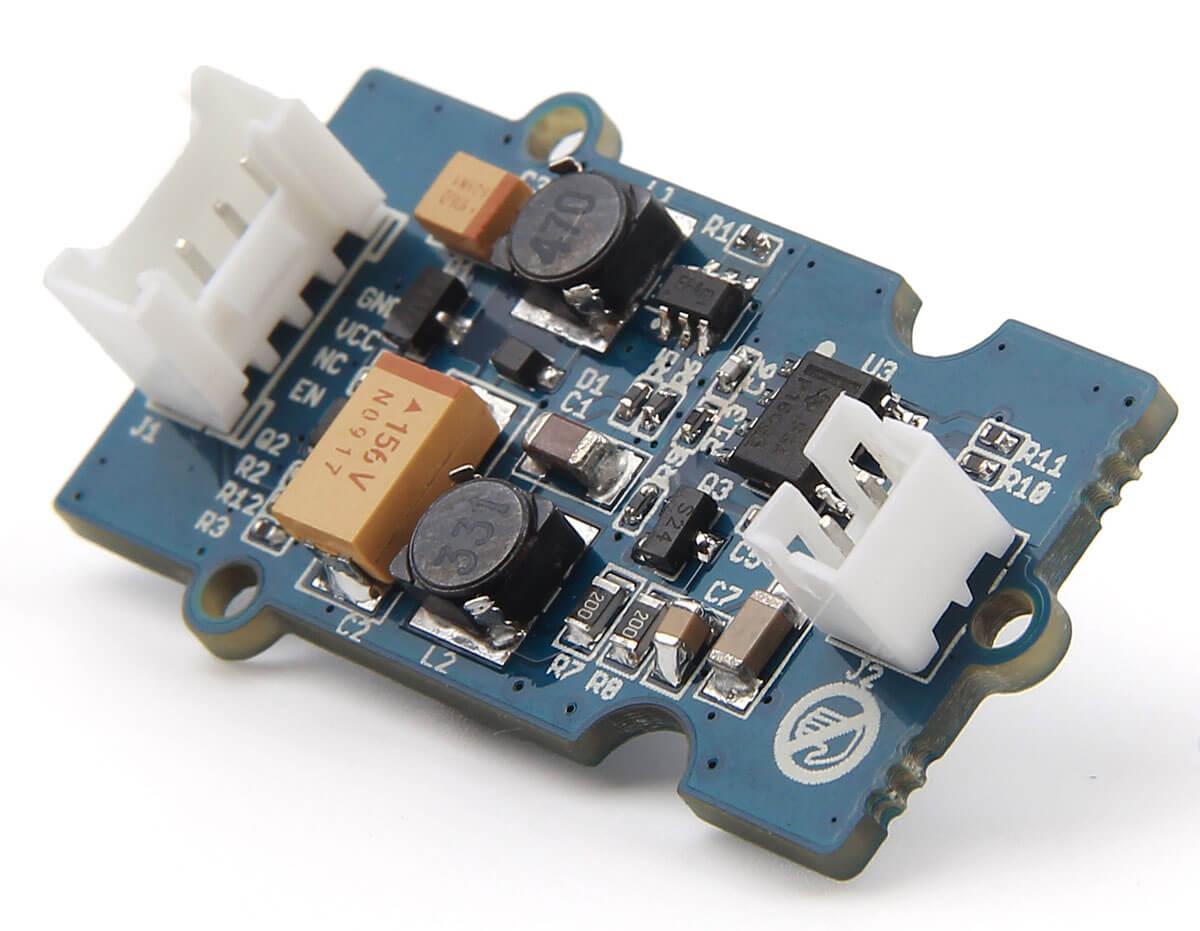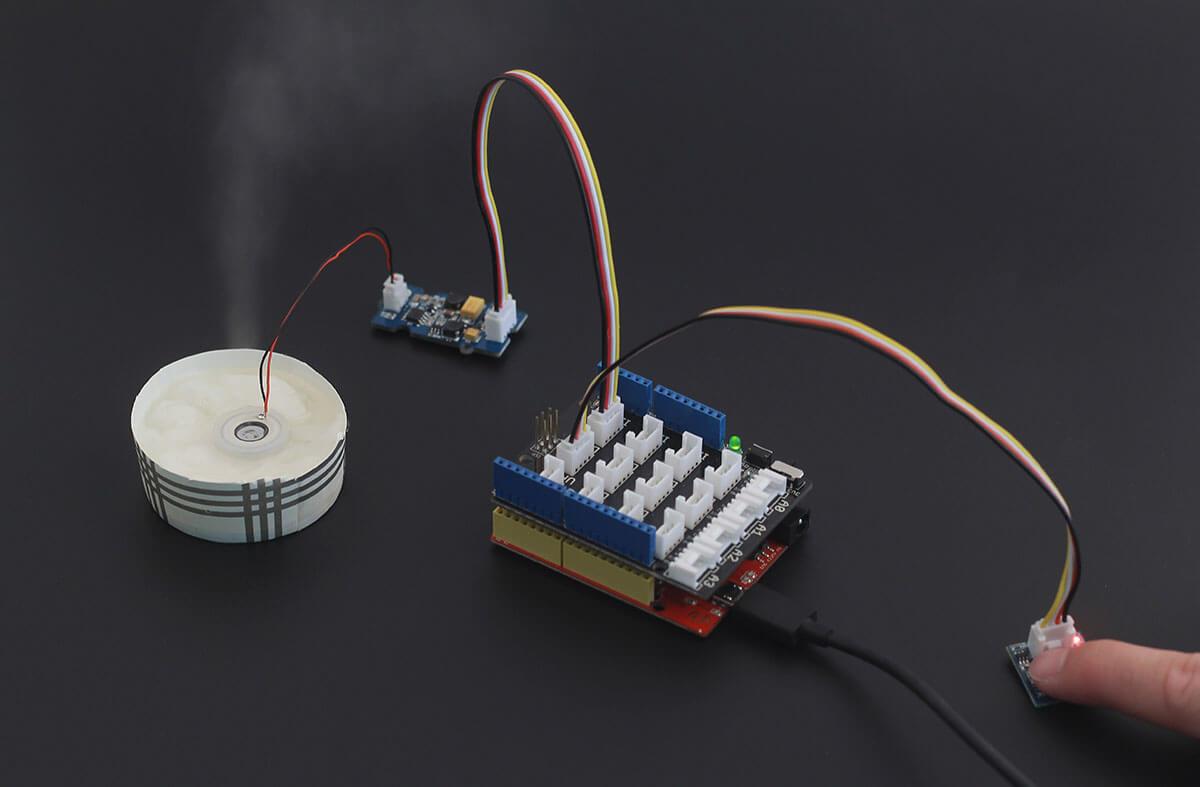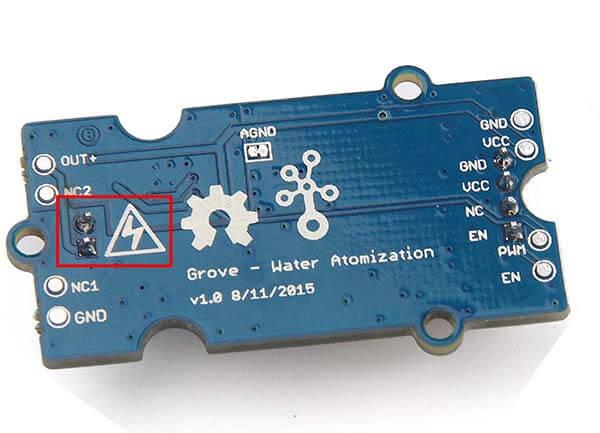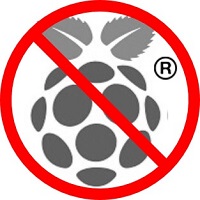Grove - Water Atomization
Introduction

Grove - Water Atomization is a fine Grove module for you to develop an atomizer or an atomizer module in your applications easily. With a few simple steps, you can prototype an atomizer. It has grove interface which make it easily applied to plenty of applications. A humidifier is a basic application it can be built with, you can develop more advanced and interesting objects with digital scent technology and any other situation in which atomization is required.
Features
- Heated with ultrasound.
- Easy to prototype a new application.
- Well applied to vast applications.
- For various interesting, smart and fashionable applications.
Tip
More details about Grove modules please refer to Grove System
Application ideas
- Humidifier.
- Scent emitter in different situations.
- For smart-house applications.
- For smart objects on consumer electronic products.
Specifications
| Parameter | Value |
|---|---|
| Operating Voltage | 5.0V(DC) |
| Ripple(at Max power) | ≤100 mV |
| Max power | 2W |
| Peak output voltage | 65±5V |
| Operating frequency | 105±5kHz |
| Chips | ETA1617, NE555 |
Platforms Supported
Hardware Overview

Grove interface
Connect main control board such as Seeeduino board with driver board.
Transducer interface
Connect ultrasonic transducer to with driver board.
Grove wire
Connect main control board with driver board.
Parts list
| Parts name | Quantity |
|---|---|
| Driver board | 1PC |
| Grove wire | 1PC |
| Ultrasonic transducer plate | 1PC |
Get started
Material required
Seeeduino v4.2 x 1
Grove - Base shield v2 x 1
Grove - Wire x 1
Preparations
Refer to following guides to build an appropriate IDE:
Note
We have chosen Seeeduino in this case.Hardware connections

A little demo
Note
We also need a Grove - Touch Sensor in this demo and also connect it to A5(Use as digital pin).1.Copy code below to Arduino IDE editor.
/*
Demo code for grove atomization.
Touch to start atomizing.
Last modified by he
by xiaohe
*/
// the setup function runs once when you press reset or power the board
void setup() {
// initialize digital pin 13 as an output.
pinMode(A5, OUTPUT);// Set A5 as OUTPUT
pinMode(5, INPUT); // Use digital pin 5 as output port
}
// the loop function runs over and over again forever
void loop() {
int D2Sig = digitalRead(5);// read pin 5 signal
if (D2Sig == 1)
{
/* code */
digitalWrite(A5, HIGH); // atomize
delay(10000); // wait for 10 seconds
digitalWrite(A5, LOW); // atomization stopped
}
}
2.Place some tissue into a trimmed paper cup filled with water, put ultrasonic transducer onto tissue.
Note
The bottom side is the side with hollow which is supposed to face downside. Let bottom of transducer plate sink into the water and keep top side above water. The function of tissue is lead water to the transducer and keep upper side of transducer above water.3.Upload code to main control board.
4.Now if you touch Grove touch sensor, you can see vapor produced.

Caution
Do not touch transducer interface pins directly because peak output voltage of Drier board can be 65V.
Caution
The inductor L2 (marked in red rectangle above) will be heated. So do not touch it directly.Resources
| Arduino | Wio | BeagleBone | Raspberry Pi | LinkIt ONE |
|---|---|---|---|---|
 |
 |
 |
 |
 |
Caution
The platforms mentioned above as supported is/are an indication of the module's hardware or theoritical compatibility. We only provide software library or code examples for Arduino platform in most cases. It is not possible to provide software library / demo code for all possible MCU platforms. Hence, users have to write their own software library.
Help us make it better
Welcome to the new documentation system of Seeed Studio. We have made a lot of progress comparing to the old wiki system and will continue to improve it to make it more user friendly and helpful. The improvement can't be done without your kindly feedback. If you have any suggestions or findings, you are most welcome to submit the amended version as our contributor via Github or give us suggestions in the survey below, it would be more appreciated if you could leave your email so that we can reply to you. Happy Hacking!

